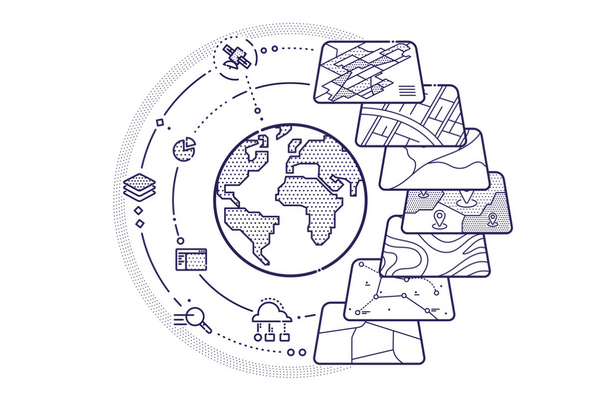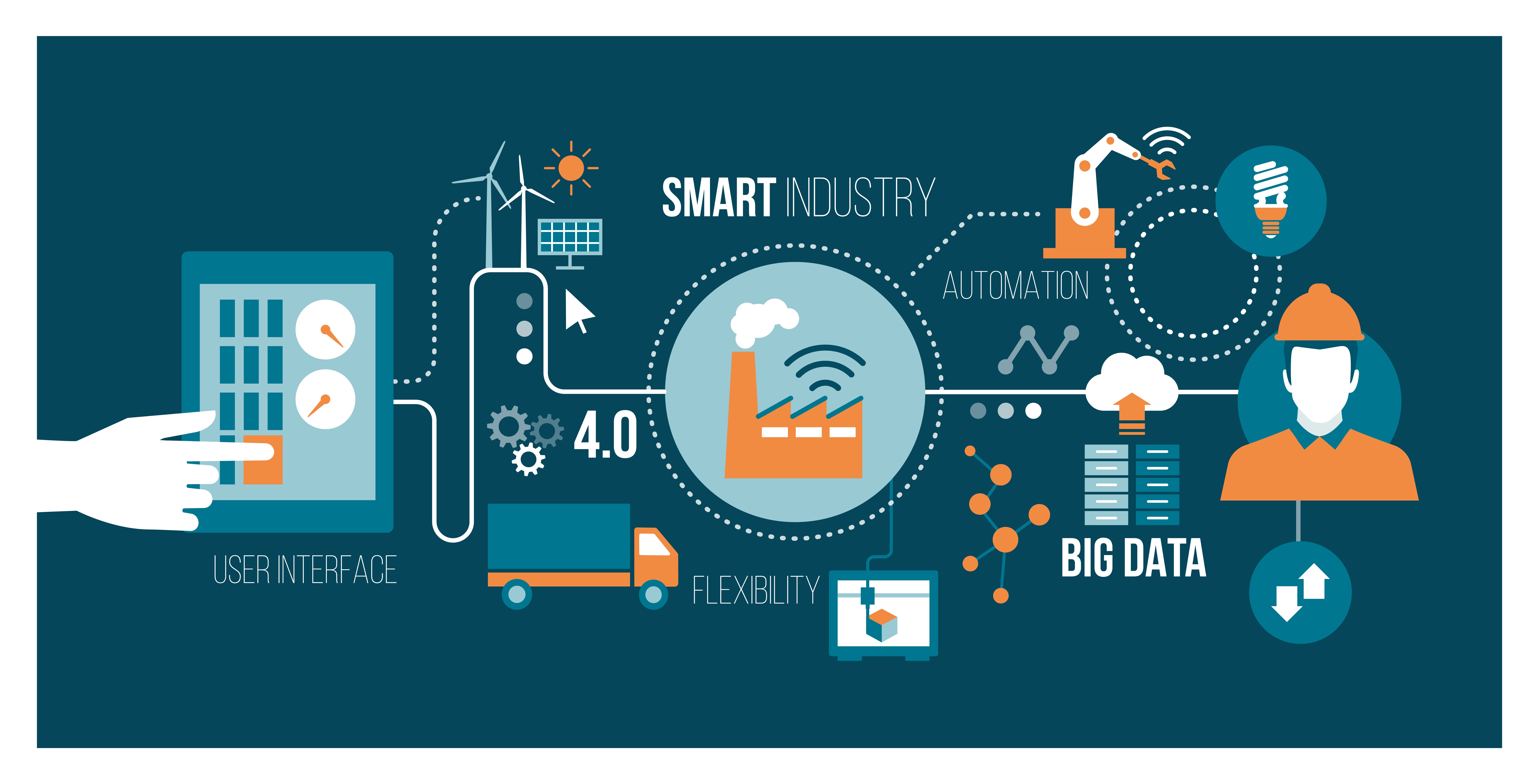This post was written by Oliver Belmans & Bram Vanschoenwinkel
A previous series of blog posts on Marketing Analytics offered an extensive overview of the available analytical techniques for marketing and their added value. Some examples of these techniques included market basket analysis, customer segmentation and churn prediction. A conclusion reached in these blog posts was that data analytics are the ideal extension to traditional marketing: based on data, we gain insights into (potential) customers and their behaviour, so that we can target them in an even more personalised manner.
The first of a two-part blog post zooms in on an important category of marketing analytics: Geospatial analytics or Geographic analysis. What can geographic analysis signify for your business? What is the added value of using this analysis? In a second blog post, we will explain the more technical aspects, show you how you can start up this analysis with the help of the open-source software R (the R Project for Statistical Computing) and provide a complete step-by-step plan of our own workflow.







